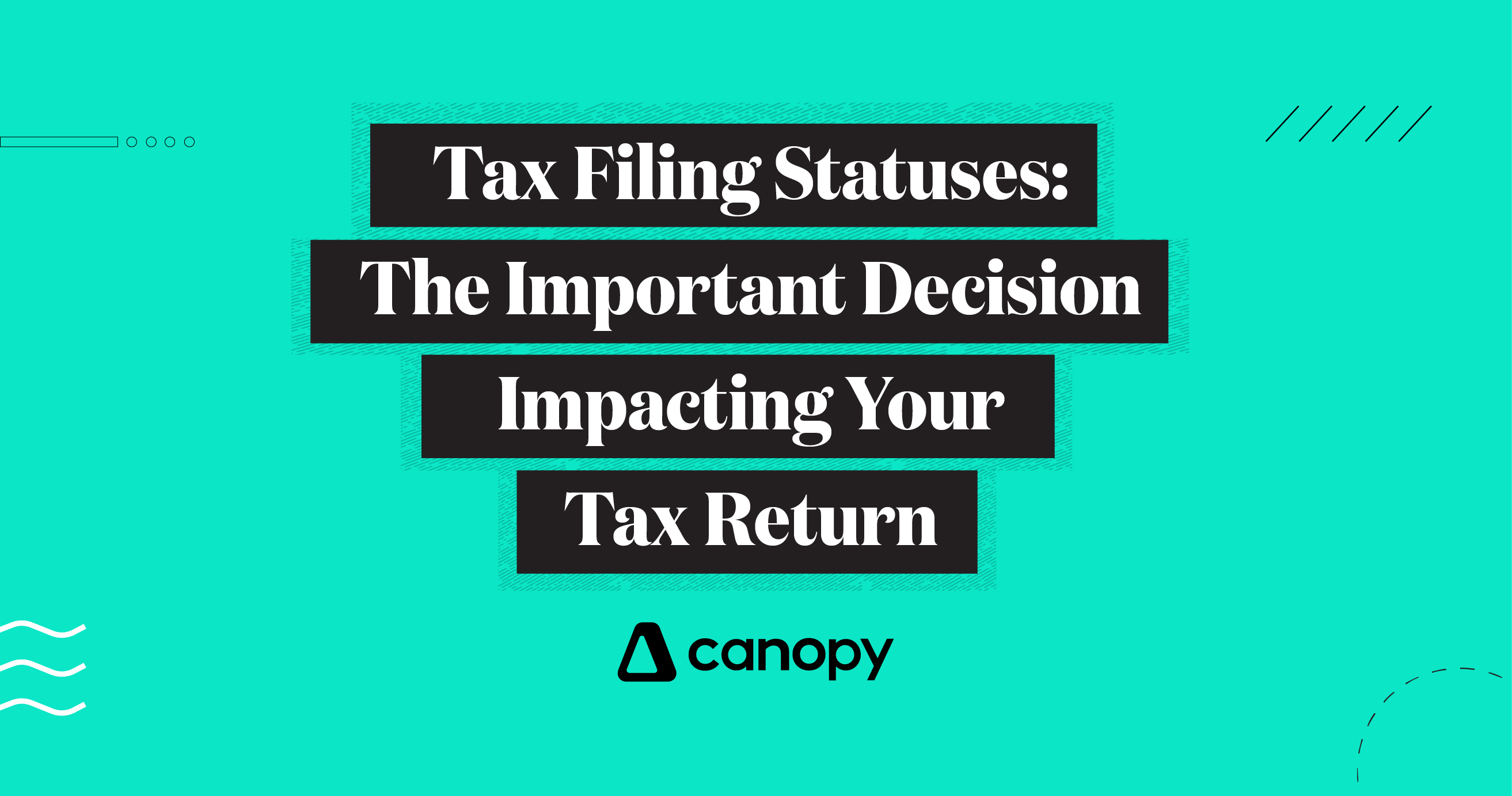Do you work with foreign national clients? Are you looking to expand your foreign national clientbase? Thinking about the taxation of foreign nationals is an important consideration because many of them work in the U.S. either long-term or temporarily, and based on their residency status, you’ll need to handle their tax returns differently.
Types of Returns to Be Filed
The three types of returns foreign nationals can file are:
- Form 1040 for full-year residents
- Form 1040NR for non-residents
- Dual-Status Return - Either Form 1040 or Form 1040NR is filed with “Dual-Status Return” written at the top for individuals whose residency status changed at some point during the year.
Residents are taxed on worldwide income during the period of their residency, and non-residents are only taxed on certain U.S. source income. If your client falls under “dual-status,” it does not mean they are both statuses at once. It means that part of the year they are a tax resident and part of it they are a non-resident for tax purposes. This can occur the first year a foreign national enters the U.S. and/or the year they leave.
Residents are taxed on worldwide income during the period of their residency, and non-residents are only taxed on certain U.S. source income.
How to Determine Residency
To determine a client’s residency, use the substantial presence test. The test is based on the number of days they spent in the U.S. over a three-year period. You should count every day for the year you’re reporting on the return, one third of the days for the prior year, and one sixth of the days from two years before. Then add all three numbers together. If the sum equals 183 or more, your client is a tax resident (assuming they were in the U.S. at least 31 days in the current year). If it equals less than 183, they’re a non-resident for tax purposes. Keep in mind, any days spent in the U.S., including vacation days, are counted toward the substantial presence test. Also, any portion of a day in the U.S. counts as a full day.
In the year your client becomes a tax resident, generally speaking, their residency starts the first day they’re in the U.S. for that year. This is important to consider if the client has the ability to be flexible with their travel schedule.
For example, let’s assume your client visits the U.S. for Christmas this year and doesn’t leave until January 11, 2018. If the client is later transferred to work in the U.S. on June 1, 2018, they will meet the substantial presence test and become a tax resident for 2018. Unfortunately, their residency would begin January 1, 2018 because that was their first day in the country. As a full-year tax resident their worldwide income would be subject to U.S. taxation for the whole year. Depending on their circumstances, this may or may not be favorable. By planning in advance, the client may be able transfer to the U.S. later in the year and avoid triggering U.S. tax residency during 2018 or request the employer provide some form of tax equalization services.
In the year your client becomes a tax resident, generally speaking, their residency starts the first day they’re in the U.S. for that year.
When to Consider Opting for Full-Year Residency
Married foreign nationals who are dual-status residents can opt to be treated as full-year tax residents. You will want to consider this if full-year resident status is advantageous for your client. The situations in which it may be advantageous include:
- If your client would benefit from filing a joint return with their spouse. (Non-residents can only file jointly if they are from Canada, Mexico, or South Korea.)
- If your client has enough foreign tax credits to offset the U.S. income tax related to income earned outside the U.S.
The totality of your married client’s circumstances should be considered before they make the election to be treated as a full-year tax resident. If a dual-status return has already been filed for a previous year, you can file an amended return making the election to be treated as a full-year tax resident to take advantage of tax savings. Single taxpayers, on the other hand, cannot elect to be treated as full-year tax residents.
The totality of your married client’s circumstances should be considered before they make the election to be treated as a full-year tax resident.
Ways You Can Help Your Foreign National Clients Plan
Because of the complicated nature of U.S. taxation of foreign nationals, serving this group of clients brings opportunity for advisory services. It’s worth considering the different types of services you could potentially offer foreign nationals. Here’s a look at just some of the ways you can help them plan.
Full-Year Residency Status: As discussed previously, some of your married clients may benefit from filing as full-year tax residents. You should make clients aware of their options and help them choose the path that’s most beneficial.
Tax Consequences of U.S. Visits: Inform your clients of the tax consequences that arise from making visits to the U.S. Every visit to the U.S. counts toward their residency days regardless of the reason for the visit or type of visa they used to enter the country. You should advise clients to make strategic decisions concerning their recreation time and/or the start date of an international transfer.
Additionally, if a client comes back to the U.S. for a trip after they’re done working in the U.S., they could end up pushing their residency termination date to later in the year. Remember, as long as your client is a resident, they are taxed on worldwide income.
High-Income Clients: If your client had a high income and low taxes before they move to the U.S., you should help them plan the best course of action before they move. Becoming a full-year tax resident will likely not be advantageous for them because they won’t have sufficient foreign tax credits to offset the additional income they would have to report.
Because of the complicated nature of U.S. taxation of foreign nationals, serving this group of clients brings opportunity for advisory services.
Ultimately, you are in the position to help your clients plan and manage their residency calendar, and each client will have a unique situation to consider. IRS Publication 519, U.S. Tax Guide for Aliens, can be another great resource for you and your foreign national clients.
Interested in expatriate taxation? Check out How to Prepare Taxes for an Expatriate Client.








Get Our Latest Updates and News by Subscribing.
Join our email list for offers, and industry leading articles and content.